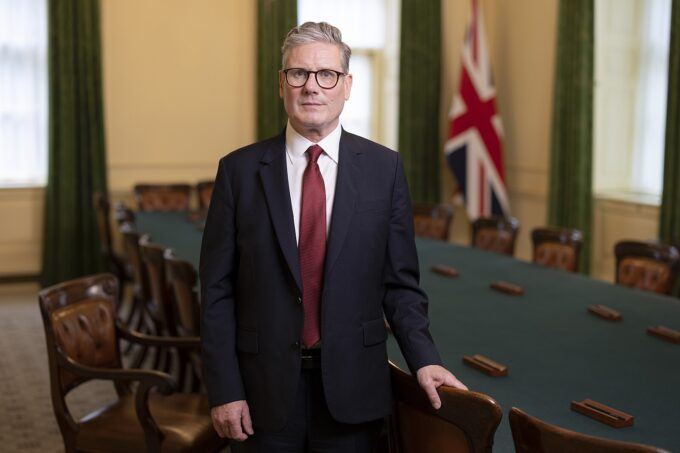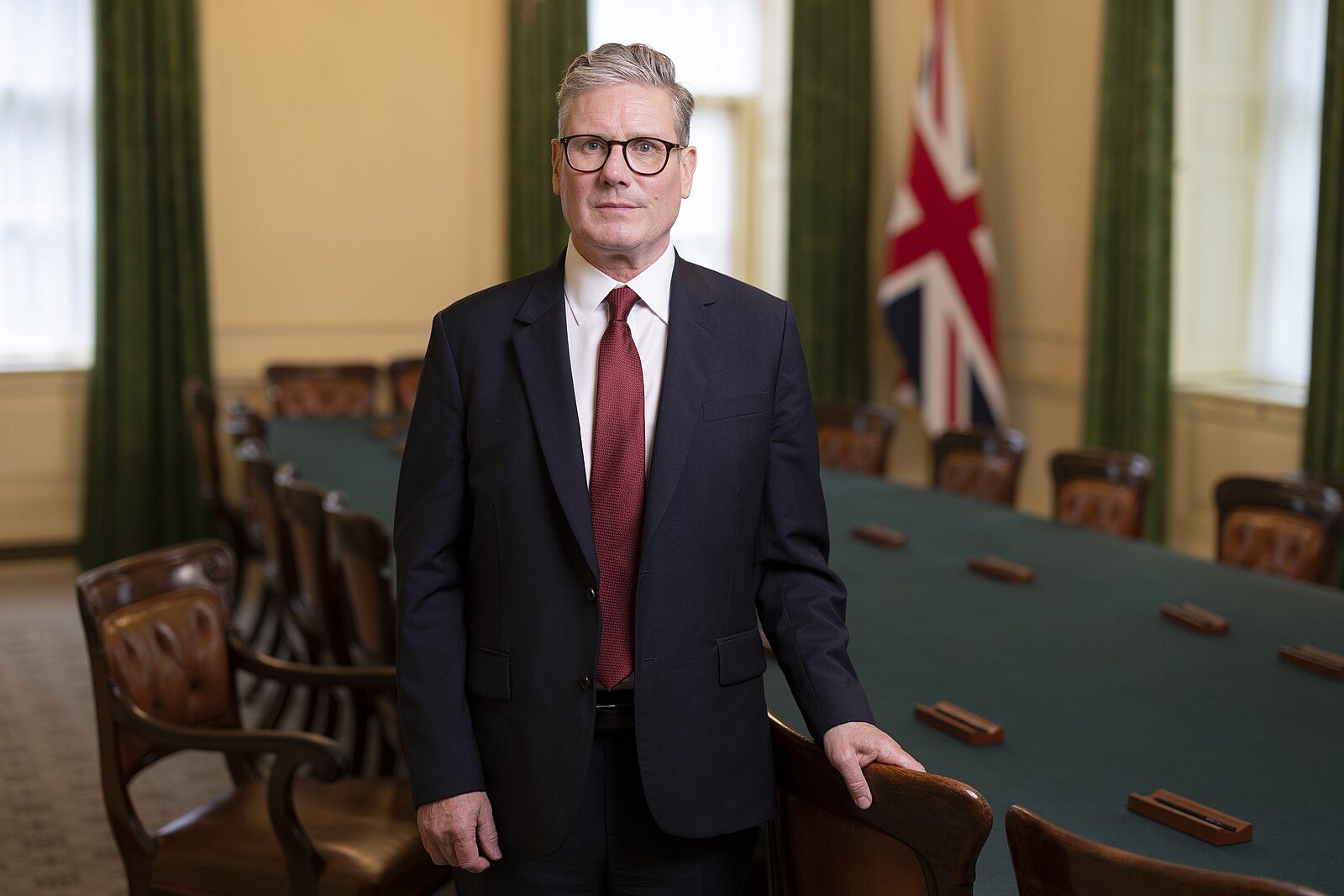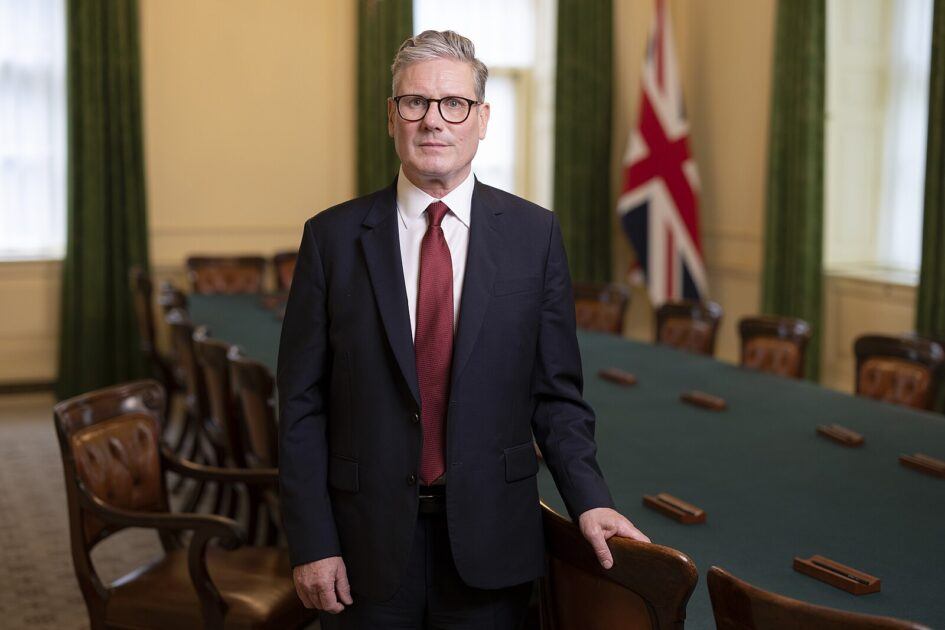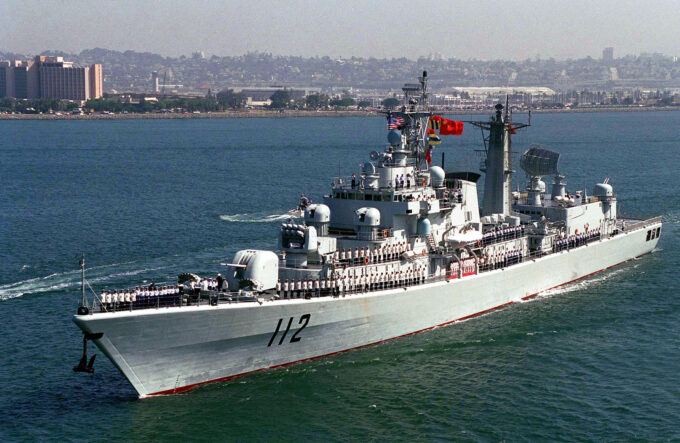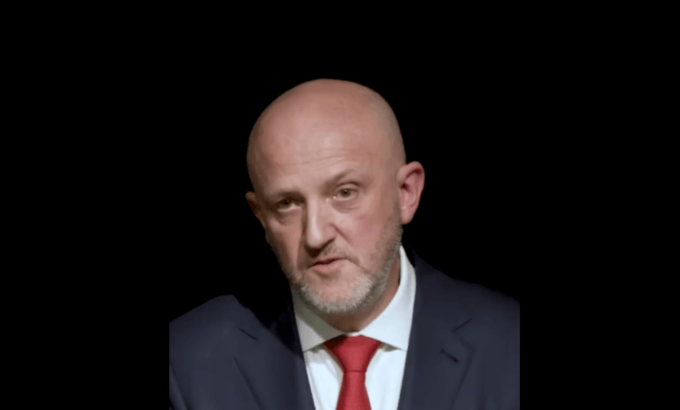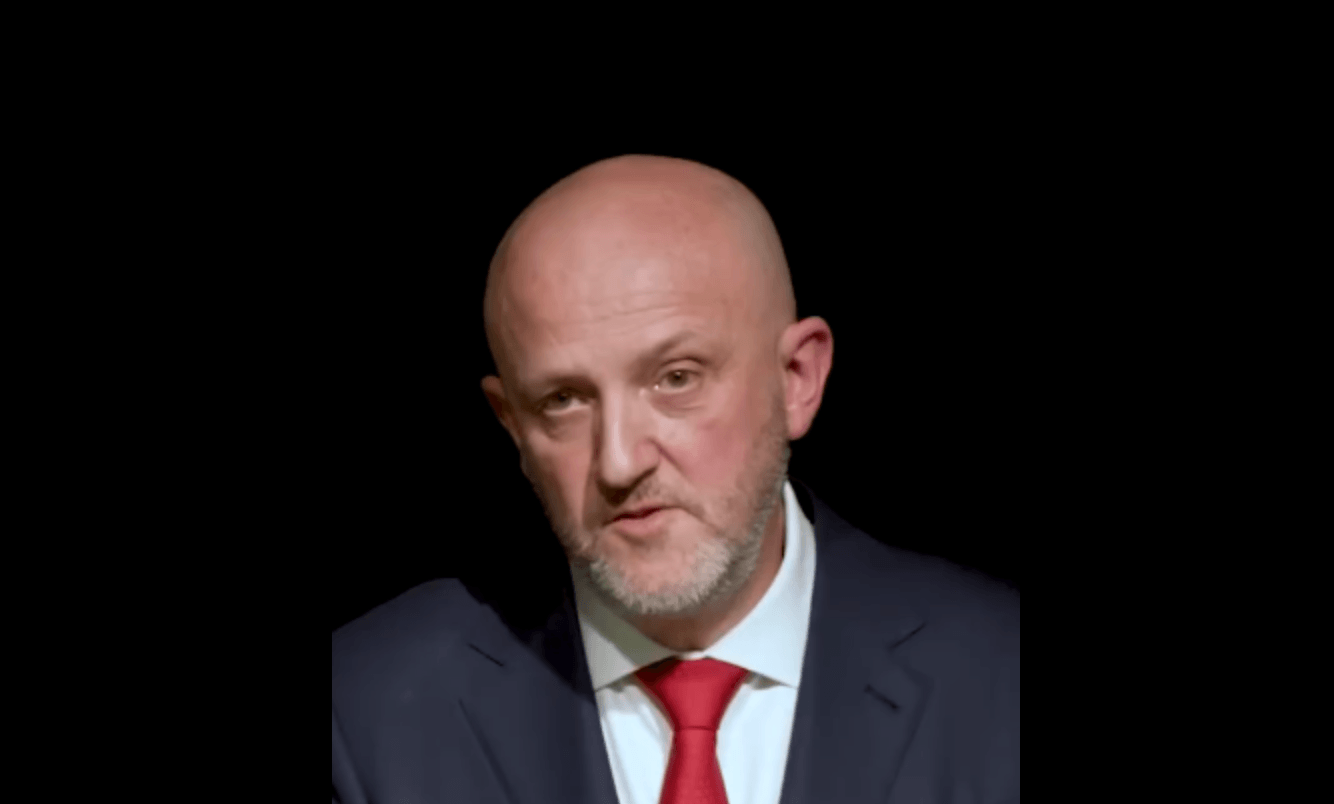With the Ukraine War and the retreat of the United States from what has routinely been called Europe’s security architecture, states are galloping to whatever point of presumed sanctuary is on offer. The general presumption is that the galloping is done in the same step and rhythm. But Europe, for all the heavy layers of union driven diplomacy, retains its salty differences.
Poland is particularly striking in this regard, having always positioned itself as a defender against the continent’s enemies, perceived or otherwise. This messianic purpose was well on show with the exploits of King John III Sobieski in his triumphant defence of Vienna against the Ottoman Empire in 1683. The seemingly endless wars against Russia, including the massacres and repressions, have also left their wounding marks on a fragile national psyche.
These marks continue to script the approach of Warsaw’s anxiety to its traditional enemy, one that has become fixated with a nuclear option, in addition to a massive buildup of its armed forces and a defence budget that has reached 4.7% of its national income. While there is some disagreement among government officials on whether Poland should pursue its own arsenal, a general mood towards stationing the nuclear weapons of allies has taken hold. (As a matter of interest, a February 21 poll for Onet found that 52.9 percent of Poles favoured having nuclear weapons, with 27.9 percent opposed.)
This would mirror, albeit from the opposite side, the Cold War history of Poland, when its army was equipped with Soviet nuclear-capable 8K11 and 3R10 missiles. With sweet irony, those weapons were intended to be used against NATO member states.
The flirtatious offer of French President Emmanual Macron to potentially extend his country’s nuclear arsenal as an umbrella of reassurance to other European states did make an impression on Poland’s leadership. Prudence might have dictated a more reticent approach, but Prime Minister Donald Tusk would have none of that before the Polish parliament. In his words, “We must be aware that Poland must reach for the most modern capabilities also related to nuclear weapons and modern unconventional weapons.” According to the PM, “this is a race for security, not for war.”
The Polish President, Andrzej Duda, is also warm to the US option (he has been, over his time in office, profoundly pro-American), despite Tusk’s concerns about a “profound change in American geopolitics”. He was already ruminating over the idea in 2022 when he made the proposal to the Biden administration to host US nuclear weapons, one that was also repeated in June 2023 by then-Prime Minister Mateusz Morawiecki. To have such weapons in Poland was a necessary “defensive tactic […] to Russia’s behaviour, relocating nuclear weapons to the NATO area,” he explained to the BBC. “Poland is ready to host this nuclear weapon.”
Duda then goes on to restate a familiar theme. Were US nuclear weapons stored on Polish soil, Washington would have little choice but to defend such territory against any threat. “Every kind of strategic infrastructure, American and NATO infrastructure, which we have on our soil is strengthening the inclination of the US and the North Atlantic Alliance to defend this territory.” To the Financial Times, Duda further reasoned that, as NATO’s borders had moved east in 1999, “so twenty-six years later there should also be a shift of the NATO infrastructure east.”
Much of this seems like theatrical, puffy nonsense, given Poland’s membership of the NATO alliance, which has, as its central point, Article 5. Whether it involves its protection by a fellow NATO ally using conventional or nuclear weapons, hosting such nuclear weapons is negated as a value. Poland would receive collective military aid in any case should it be attacked. But, as Jon Wolfsthal of the Federation of American Scientists reasons, an innate concern of being abandoned in the face of aggression continues to cause jitters. Tusk’s remarks were possibly “a signal of concern – maybe to motivate the United States, but clearly designed to play on the French and perhaps the British.”
The crippling paranoia of the current government in the face of any perceived Russian threat becomes even less justifiable given the presence of US troops on its soil. According to the government’s own information, a total of 10,000 troops are present on a rotational basis, with US Land Forces V Corps Forward Command based in Poznań. In February, Duda confirmed to reporters after meeting the US envoy to Ukraine Gen. Keith Kellogg that there were “no concerns that the US would reduce the level of its presence in our country, that the US would in any way withdraw from its responsibility or co-responsibility for the security of this part of Europe.”
Duda goes further, offering a sycophantic flourish. “I will say in my personal opinion, America has entered the game very strongly when it comes to ending the war in Ukraine. I know President Donald Trump, I know that he is an extremely decisive man and when he acts, he acts in a very determined and usually effective way.” With those remarks, we can only assume that the desire to have massively lethal weapons on one’s own soil that would risk obliterating life, limb and everything else is but a sporting parlour game of misplaced assumptions.
The post Poland’s Nuclear Weapons Fascination first appeared on Dissident Voice.
This content originally appeared on Dissident Voice and was authored by Binoy Kampmark.
This post was originally published on Radio Free.








